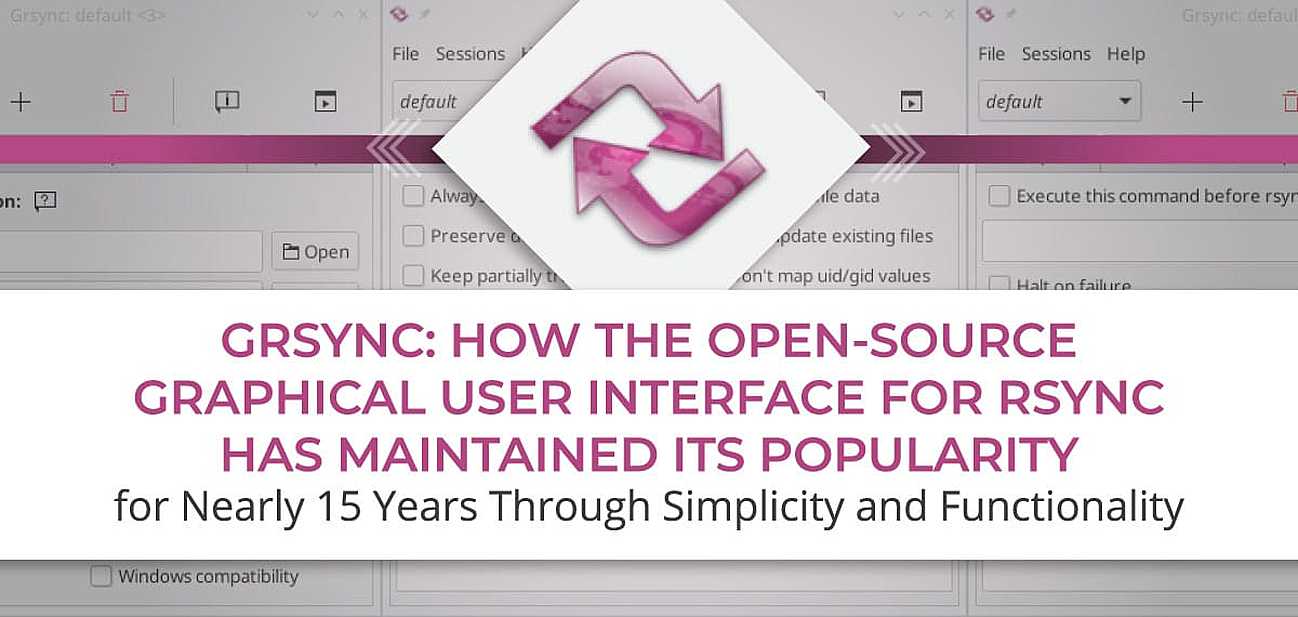

At the first launch, you”ll be asked to given a name for the new backup. Open it up either from Terminal, Dash or Menu. Now you should be able to start it by typing gadmin-rsync at the Terminal or from GNOME or KDE’s program menus and you’re ready to go.
#Grsync rpm install#
To install GAdmin-Rsync on Debian/Ubuntu based systems, enter the following command: sudo apt-get install gadmin-rsyncĪlternatively, you compile the source as shown below:ĭownload gadmin-rsync-x.x.x.tar.gz and unpack and install it as shown below: tar -zxvf gadmin-rsync-x.x.x.tar.gz This tool allows us to take backup of files/directories from local-to-local, local-to-remote systems and vice versa. GAdmin-Rsync is a C/GTK+ GUI front-end of Rsync command. The above cron job will perform the backup from local to remote folder at 11am, and synchronization process will be done at 12am respectively. Save your crontab file, and you’re done. default and Synchronize sessions one by one) To schedule backups, add the both sessions in your crontab file in your local system: sudo crontab -eĪdd the both sessions (i.e. If everything seems OK, click on the Execute button to start the process. So, I entered my destination path as /home/sk.Ĭheck for any errors by clicking on the Simulation button from the File menu. In my case the sync folder is in my remote server Home folder (i.e. Say for example, if you want to synchronize the contents of the folder /home/sk/sync from your remote server to local system, just enter the destination location where exactly the /home/sk/sync folder exists. Please note that you don’t have to enter the full path in the destination path. Here, you have to enter the network folder ( 192.168.1.250:/home/s/sync) as source path and local system folder( /home/sk/Downloads) as destination path. It will create a new session called Synchronize. Click on the ( +) sign in the Grsync interface. We have to create a new session to synchronize files.


 0 kommentar(er)
0 kommentar(er)
